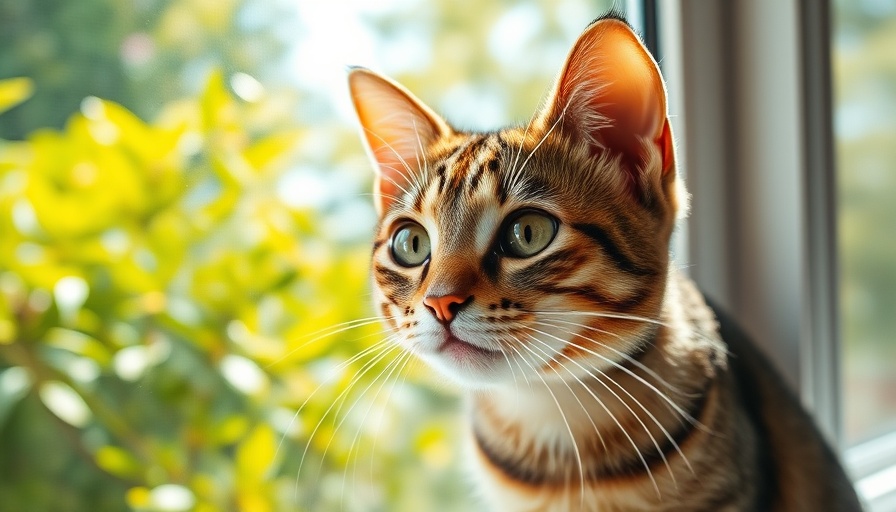
Understanding Bird Flu and Its Impact on Our Feline Friends
As reports flood in about avian influenza wreaking havoc across the country, it’s essential to grasp its implications, particularly on our beloved feline companions. The Pan American Health Organization recently revealed that between March 2024 and January 2025, outbreaks in poultry occurred in all 50 U.S. states, impacting over 136 million birds and 11,000 wild birds. But what does this mean for your cat?
Bird flu, or H5N1, originally named for its avian origins, has shown a worrying ability to jump species—affecting not only birds but also mammals, including cows and, most alarmingly, our pets. Reports indicate over 80 cases of infected house cats within the same timeframe. Despite a staggering number of domestic cats, about 74 million in the U.S. alone, these statistics urge caution rather than panic.
Signs and Symptoms to Watch For
If you suspect your cat may have been exposed to bird flu, knowing what symptoms to look out for is crucial. Signs can range from lethargy and fever to inflamed eyes and difficulty breathing, progressing to more severe reactions such as seizures. It’s always advisable to consult your veterinarian if you notice any of these symptoms.
Protecting Your Feline Companion
While the notion of a pet-friendly world may tempt us to allow cats outdoor freedom, it significantly heightens their risk of infection. Vets concur that the majority of bird flu cases in cats stem from encounters with infected wildlife—often through hunting or contact with dead birds and droppings.
To safeguard your cat, consider implementing the following strategies:
- Keep Them Indoors: The simplest and most effective method is ensuring your cat stays indoors, reducing exposure to wild birds.
- Feed Well-Cooked Meals: Prepare your cat’s food with care. Always opt for thoroughly cooked meat or pasteurized milk to prevent contracting infections.
- Monitor Outdoor Interactions: If your cat occasionally roams outside, supervise their outdoor play. A watchful eye can prevent unfortunate encounters.
Consider Pet Insurance for Extra Safety
While preventive measures are important, seeking emergency veterinary care can incur significant costs. Pet insurance, such as plans from Healthy Paws, can ease the financial burden by covering veterinary expenses for illnesses and injuries. By investing in pet insurance, you ensure both your peace of mind and your cat’s health are top priorities.
Future Outlook: Staying Ahead of Bird Flu
The situation remains dynamic, and with the need for vigilance, the potential for further outbreaks exists. Understanding how avian viruses work and educating yourself about pet health can lead to preventative measures that safeguard your pets. Keep informed through your local vet and stay updated on developments related to avian influenza.
Embracing Safe Practices for Feline Health
The heartwarming bond with our cats leads us to prioritize their well-being above all. By taking proactive steps, we can prevent bird flu and other infectious diseases from impacting our furry friends. Secure their safety in your home and ensure their diets remain healthy. The effort you put in today will reflect in their happy, healthy lives tomorrow.
Take Action Today!
Now is the perfect time to review your cat care strategies. Ensuring that your feline is protected from potential bird flu exposure is not just proactive—it’s essential. By implementing these strategies and considering preventive healthcare options, you can ensure that your beloved pet remains safe amidst ongoing avian flu concerns.
 Add Row
Add Row  Add
Add 



